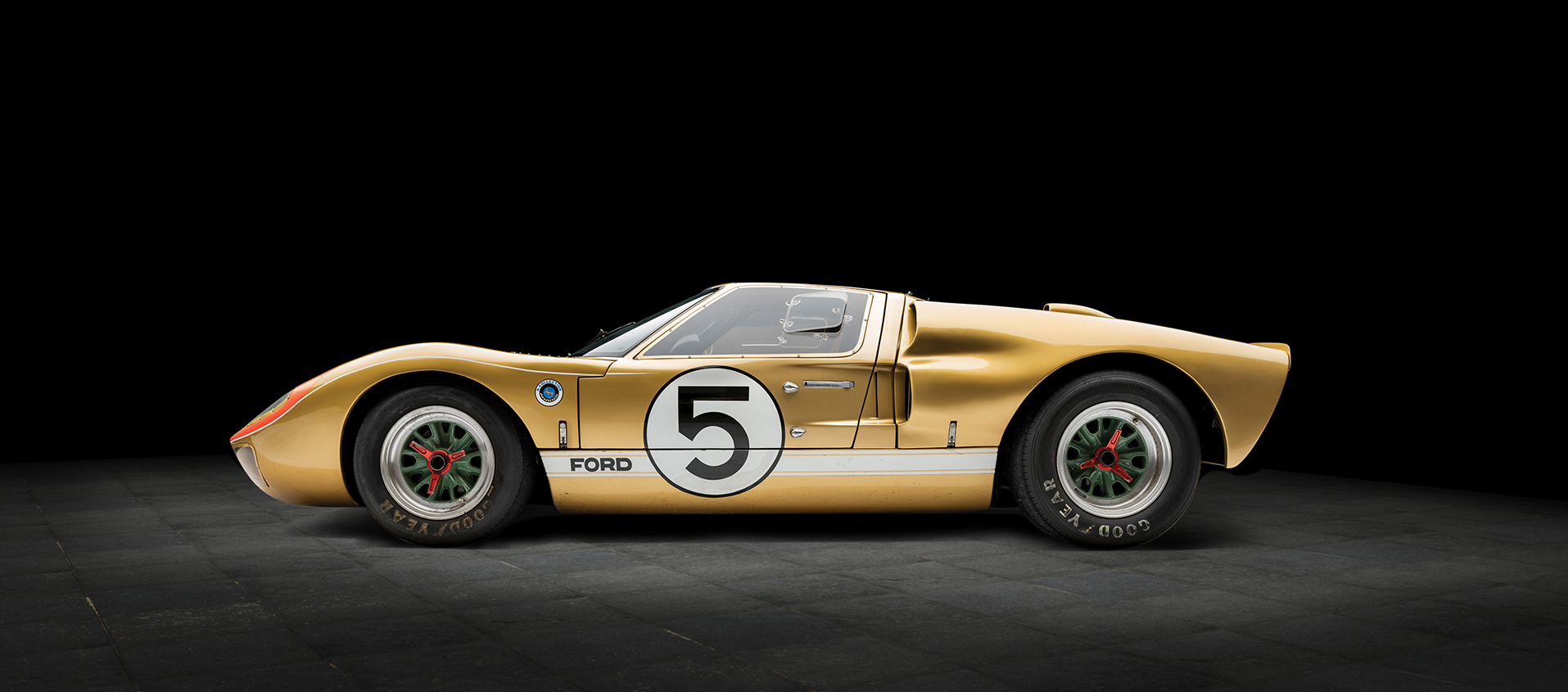Broken Dreams: Ford GT40 Roadster. Too Beautiful to Race
07 December 2024 4 min read 5 images

Photo credit: RM Sotheby's
Normally, in the development of a high-performance car, designers build a chassis as rigid as possible, which usually results in coupes. This was not the case for Ford’s GT40 project, designed to win the 24 Hours of Le Mans. In 1965, at Ford Advanced Vehicles in England, 12 GT40 chassis were prepared, five of which were open-top versions with technical specifications guaranteeing sufficient rigidity despite lacking a roof.
Register to unlock this article
Signing up is free and gives you access to hundreds of articles and additional benefits. See what’s included in your free membership. See what's included in your free membership.
Already have an account? Log In


